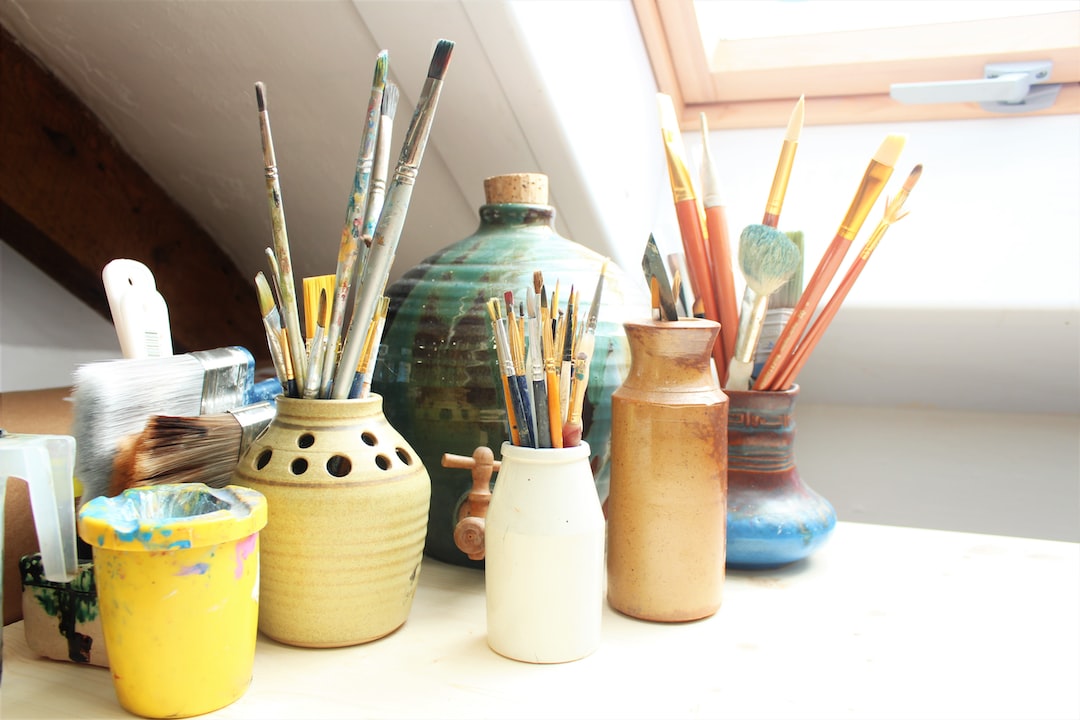The Rise of Digital Art: A Blend of Technology and Creativity
Art has always been a channel for self-expression, a medium through which artists can share their ideas and emotions with the world. From the cave paintings of our ancient ancestors to the Renaissance masterpieces, art has evolved over centuries. Today, a new form of art is on the rise – digital art – which seamlessly blends technology and creativity.
Digital art refers to any form of artistic expression created through the use of digital technology. It encompasses a wide range of art forms, including digital painting, 3D modeling, virtual reality art, and interactive installations. With the increasing availability and accessibility of digital tools and software, artists now have an entirely new palette at their disposal.
One of the key reasons for the rise of digital art is the ability to create without constraints. In traditional art forms, there are limitations imposed by physical materials and mediums. Digital art, on the other hand, removes these boundaries, allowing artists to experiment and explore without the fear of making irreversible mistakes. With the ability to undo and redo, artists are free to push their artistic boundaries and take risks they may not have otherwise.
Digital art also offers a level of convenience and efficiency that is unparalleled in traditional art forms. Artists no longer have to worry about the cost of materials or the space required for storage. With just a computer and the necessary software, artists can create and showcase their work with ease. Additionally, digital art can be easily shared and reproduced, reaching a global audience in an instant.
Technology has also played a significant role in enhancing the creative process. With the advent of digital tools and software, artists now have access to a myriad of features and techniques that were previously inaccessible. From realistic brushes and textures to advanced layering and masking techniques, digital art empowers artists to bring their visions to life in unprecedented ways.
Another aspect of digital art that is gaining traction is its ability to merge with other disciplines. Artists are collaborating with programmers, engineers, and designers to create immersive experiences that transcend traditional boundaries. Through the use of interactive installations, augmented reality, and virtual reality, digital art is transforming the way we engage with artwork. It blurs the line between the physical and digital worlds, creating a deeply immersive and interactive experience for the viewer.
However, despite its growing influence and popularity, digital art is not without its critics. Some argue that the use of technology in art detracts from the authenticity and craftsmanship associated with traditional art forms. They argue that digital art lacks the human touch and emotion that can be conveyed through traditional mediums. While this may be true to some extent, it is important to recognize that digital art is simply another tool for artists to express themselves. It should not be seen as a replacement for traditional art, but rather as a complementary form that expands the possibilities of artistic expression.
The rise of digital art represents a new era in creativity, combining technology with imagination in ways never before imagined. As technology continues to advance, so too will the possibilities of digital art. Artists will continue to push the boundaries of what is possible, creating immersive and innovative experiences for audiences around the world. With its limitless possibilities, digital art has the power to inspire and captivate, blurring the lines between art and technology.

